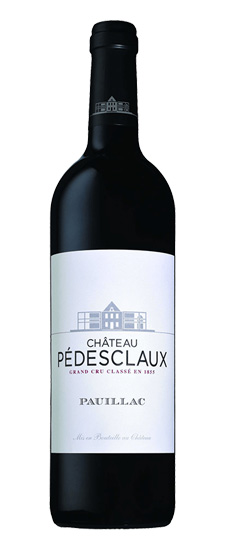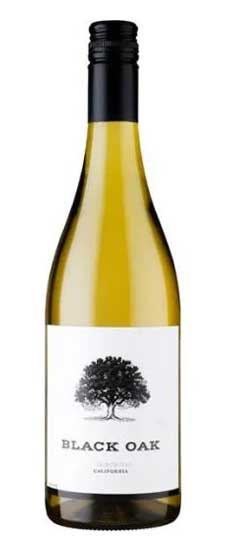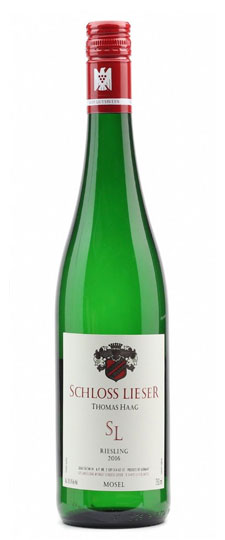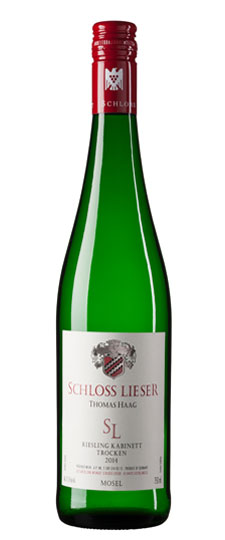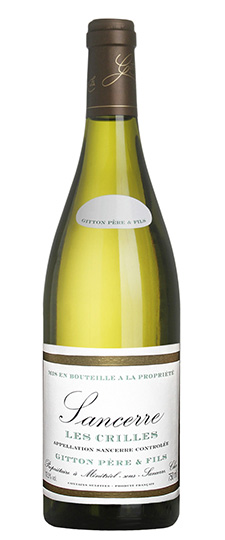Wine Score
Grape Variety
Chardonnay
Unique and very popular varietal. Often very aromatic and significant, but can be also very fresh and clean. Because of these reasons it it probably the most popular white varietal in the world. Can be recognized as full bodied and mouth filling wine which was aged in oak barrels. With very typical aroma of butter, toast and citruses. The second expression, with fermenting in stainless steel tanks, is very clean, with higher acidity and with beautiful aroma of limes, green apples and peaches.
Chardonnay was dominantly a product of Burgundy region in France. Where it´s home. But thanks to success at legendary blind tasting in Paris in 1976, called Judgement in Paris, California Chardonnays has waved the flag and stunning Chateau Montelena 1973 won. After that tasting, California Chardonnays became really popular and on that wave are till today.
Region
Sonoma County Wine
Sonoma County, California, is one of the most important wine-growing regions in the whole of the United States. Vines have been planted here since the 1850s, and apart from the inevitable hiatus brought about by Prohibition, the county’s relationship with wine has been prolific and unbroken.
Viticulturally speaking, Sonoma County is divided into three distinct sections: Sonoma Valley, Northern Sonoma and Sonoma Coast. Each of these has its own AVA title and encompasses several sub-AVAs within its boundaries.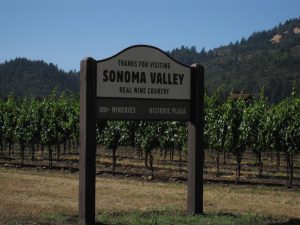
Sonoma Valley is located in the county’s south-eastern corner, and effectively mirrors the shape and orientation of Napa Valley just across the Mayacamas Mountains. It encompasses Bennett Valley, Sonoma Mountain and the western half of Carneros – arguably California’s finest ‘cool-climate’ terroir. The Sonoma Valley climate is famously blessed with cooling fog, which rolls in from San Pablo Bay in the summer months. Trapped between the Sonoma and Mayacamas mountains, the fog here is noticeably denser and more persistent than in the broader valleys to the north. When combined with cooling ocean breezes, this means that Sonoma Valley is sufficiently cool to rate as Region I (>2,500 degree days) on the Amerine-Winkler climate scale, yet sufficiently sunny to produce bright, intensely flavored wines.
Northern Sonoma is much larger and more complex than Sonoma Valley, both geologically and viticulturally speaking. It encompasses no fewer than ten AVAs, including the famous and substantial Russian River Valley and Alexander Valley. It effectively covers the northern two-thirds of Sonoma County, omitting only Sonoma Valley and the coastal strip covered by the Sonoma Coast AVA (which also stretches inland to cover the Petaluma River Watershed). The southern limits of Northern Sonoma are marked by the towns of Sebastapol and Santa Rosa, which, along with Healdsburg, are the county’s main centers of commercial and winemaking activity. From here, the AVA follows the Russian river northwards all the way to the Mendocino County border, bulging eastwards briefly to take in the Knight’s Valley.
Sonoma Coast is not so much a contiguous viticultural area as a work-around title to circumnavigate US wine labeling laws. In the 1980s, the US government tightened up the legal definition of the phrase ‘Estate Bottled’, restricting the term to wines grown and bottled within the boundaries of a single AVA. The catch-all Sonoma Coast title makes complying with this law significantly easier for wineries whose vineyards are scattered around various AVAs. The majority of the Sonoma Coast is indeed near the county’s coast, but a considerable proportion of its southern half lies more than 15 miles (25km) inland, and plugs the gap between Northern Sonoma and Sonoma Valley.
The portfolio of grape varieties used in Sonoma County barely deviates from that used in California as a whole. Cabernet Sauvignon is unquestionably the dominant red variety, while an occasional patch of Cabernet Franc is also to be found on the county’s cooler mountainside sites. The cabernets’ Bordeaux stablemate Merlot remains significant, even if plantings are far from what they were in the 1980s and 1990s. The United States’ icon red wine grape Zinfandel is planted in Sonoma’s warmer, drier spots, while Chardonnay and Pinot Noir take advantage of cooler mesoclimates. White Sauvignon Blanc provides a lighter, more refreshing alternative to Chardonnay, and although far from prolific, Rhone valley stalwarts Syrah and Viognier are steadily gaining vineyard acreage.


